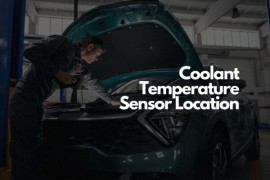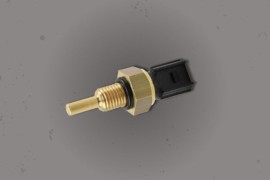{
"lazyNodes": false,
"abFitnotesFlag": false,
"abCrawlReviews": true,
"productOptionsCookie": false,
"orderDelayFlag": false,
"skipSessionCookie": false,
"covidMessage": false,
"fullTitleCookie": false,
"nrLoggerCookie": true,
"checkoutReviewCookie": false,
"productOptionSeqCookie": false,
"maintenanceFlag": false,
"bufferETACookie": false,
"multiShippingDiscountFlag": false,
"newFitmentFlag": false,
"surveyOptInFlag": true,
"crossSellFlag": false,
"skuMappingFlag": false,
"paySplitCookie": false,
"callDisableFlag": true,
"zipPaymentFlag": "c",
"hassleFreeReturn": true,
"lifetimeReplacement": true,
"cpn_off": false
}Need help?Chat with us
Select your vehicle
FAE Coolant Temperature Sensors
Refine by:
Shop Catalog
Showing 1 - 1 of 1 results
Sort by:
Part Number: FAE34160
Vehicle Info Required to Guarantee Fit
$20.99
Product Details
Warranty : 24-month or 24,000-mile limited warrantyQuantity Sold : Sold individuallyProp 65 Warning :
![]() WARNING: This product can expose you to chemical which is known to the State of California to cause cancer and birth defects or other reproductive harm. For more information go to www.P65Warnings.ca.gov.
WARNING: This product can expose you to chemical which is known to the State of California to cause cancer and birth defects or other reproductive harm. For more information go to www.P65Warnings.ca.gov.
Page 1 of 1 | Showing 1 - 1 of 1 results
Related Brands
Helpful Automotive Resources
Where Is the CTS Located?Caution: To prevent serious burns, never open a hot cooling system.
A Beginner’s Guide to Fuel-Injected vs. Carbureted EnginesCarburetors have been around for decades. Their simple mechanism is one of the reasons why many enthusiasts still prefer carburetors in muscle cars and other classics.
Tips For Replacing the Engine Coolant Temperature SensorIf you determine that the ECT sensor is giving a skewed reading, replace the sensor so that the powertrain control module (PCM) can monitor coolant temperature properly.
.kadence-column102565_c5cf01-38 > .kt-inside-inner-col,.kadence-column102565_c5cf01-38 > .kt-inside-inner-col:before{border-top-left-radius:0px;border-top-right-radius:0px;border-bottom-right-radius:0px;border-bottom-left-radius:0px;}.kadence-column102565_c5cf01-38 > .kt-inside-inner-col{column-gap:var(--global-kb-gap-sm, 1rem);}.kadence-column102565_c5cf01-38 > .kt-inside-inner-col{flex-direction:column;}.kadence-column102565_c5cf01-38 > .kt-inside-inner-col > .aligncenter{width:100%;}.kadence-column102565_c5cf01-38 > .kt-inside-inner-col:before{opacity:0.3;}.kadence-column102565_c5cf01-38{position:relative;}@media all and (max-width: 1024px){.kadence-column102565_c5cf01-38 > .kt-inside-inner-col{flex-direction:column;}}@media all and



